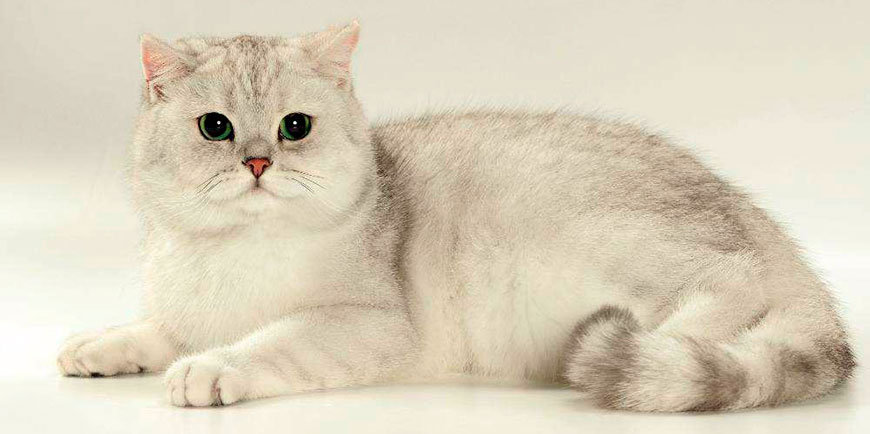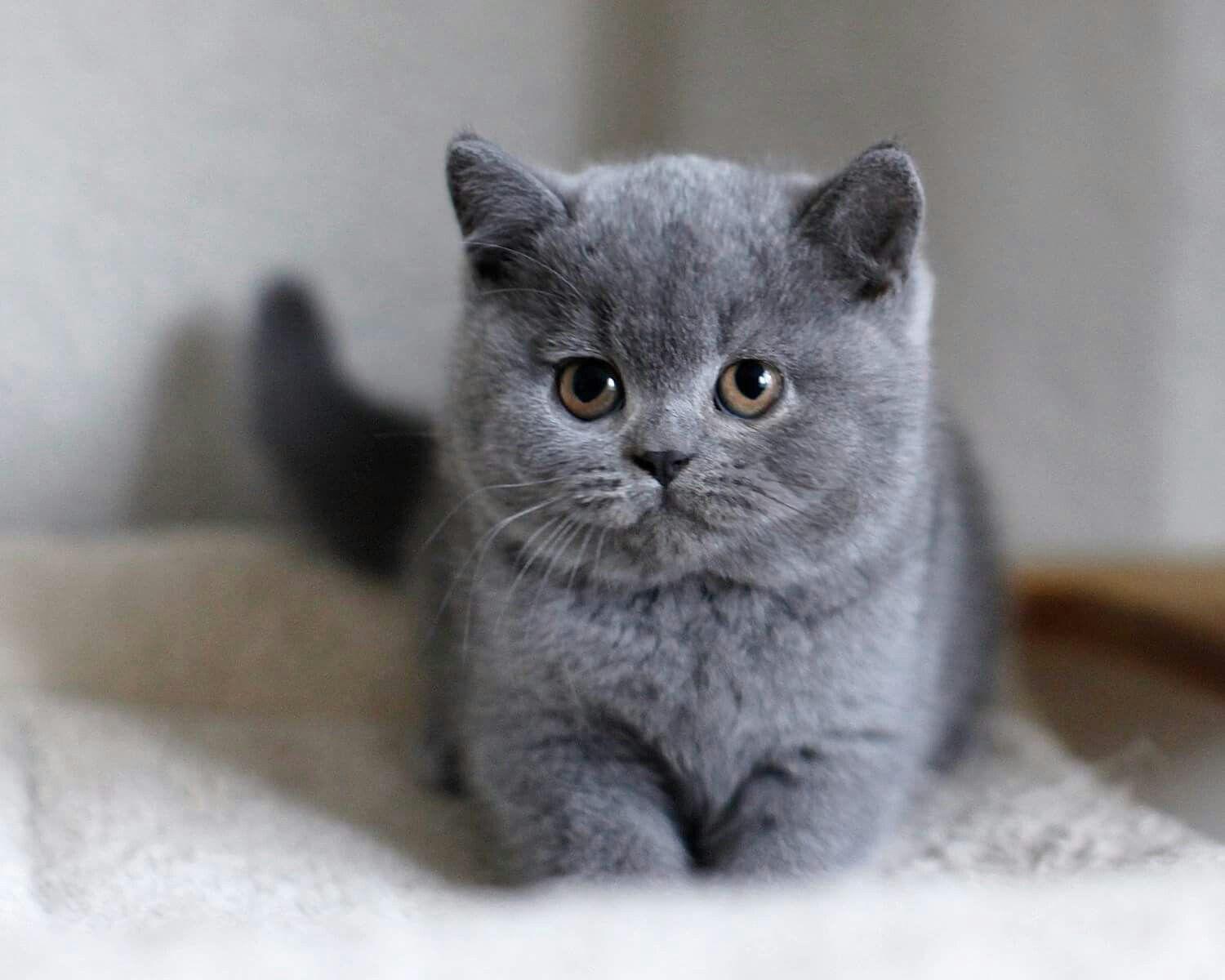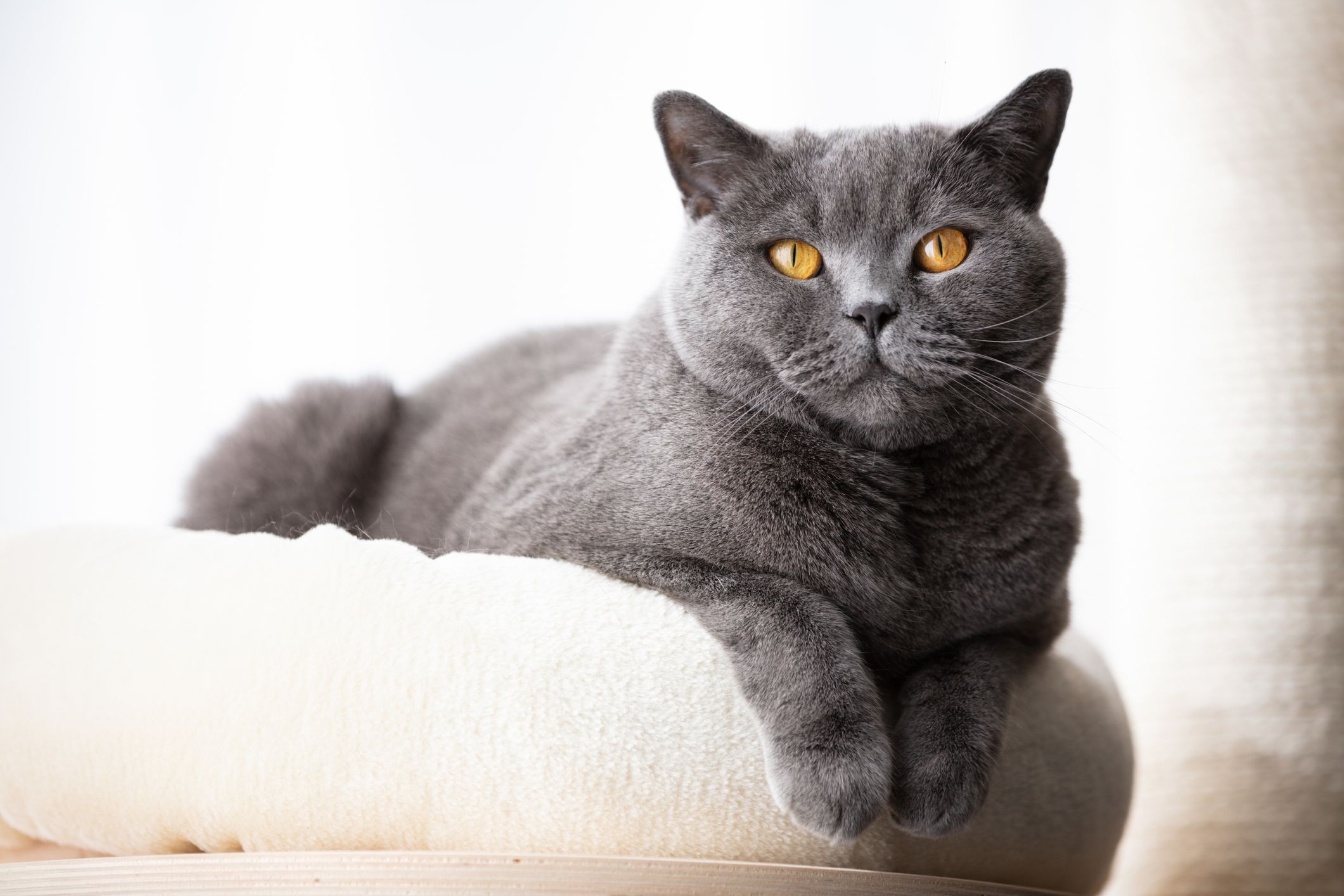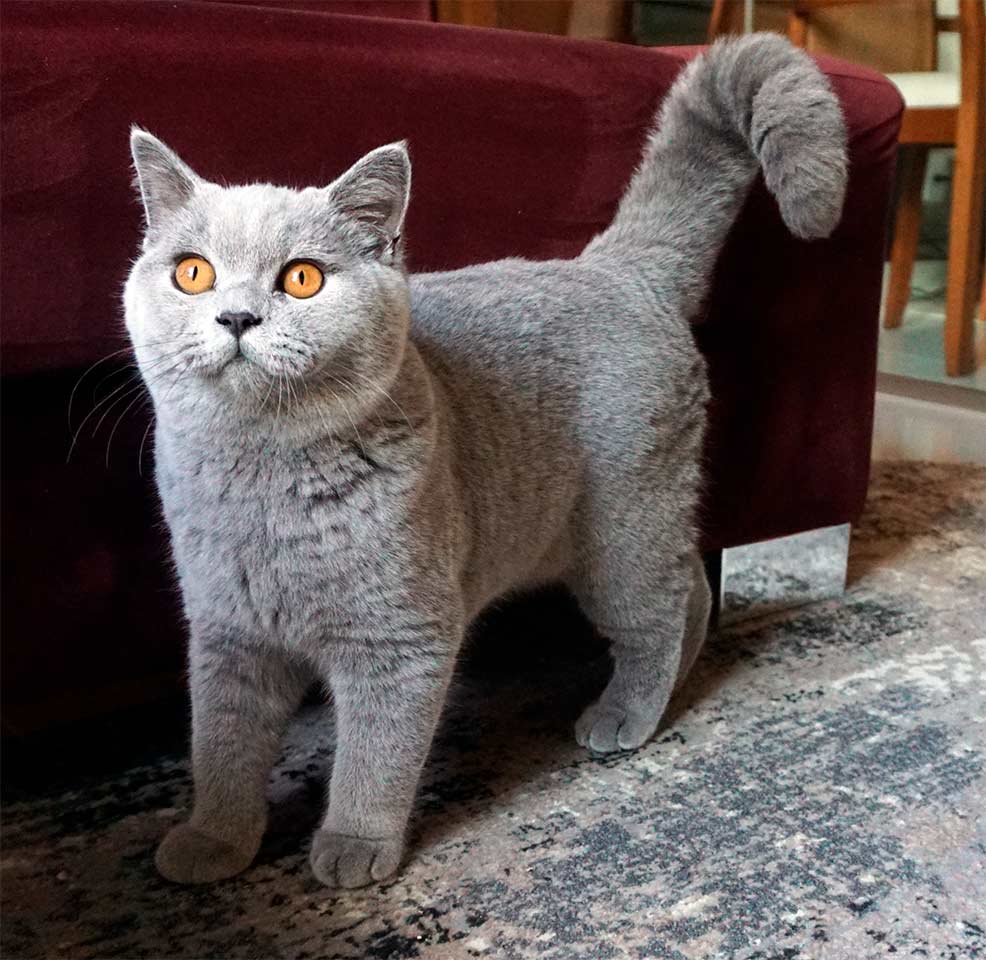British Shorthair cats are renowned for their plush appearance and gentle demeanor, making them one of the most beloved cat breeds. Their grooming needs are essential not only for maintaining their stunning coats but also for ensuring their overall health and well-being. This article will delve into the history and characteristics of British Shorthairs, the benefits of regular grooming, essential tools, techniques for brushing, and tips for overcoming common grooming challenges.

Understanding British Shorthair Cats
History and Origin
The British Shorthair is one of the oldest cat breeds, with origins tracing back to ancient Rome when cats were brought from Egypt to control rodent populations. Over time, these cats adapted to the British climate and evolved into the breed we recognize today. In the mid-19th century, British Shorthairs gained popularity, particularly after being showcased at England’s first organized cat show in 1871. Originally known as “British Blues” due to their common gray color, the breed has since diversified into various colors and patterns.
Physical Characteristics
British Shorthairs are medium to large-sized cats with a stocky build, round heads, and dense coats. Their short, plush fur requires minimal grooming, but regular brushing is necessary to keep their coats healthy and free from mats. Typically, they shed moderately, especially during seasonal changes, making consistent grooming essential.
Benefits of Brushing British Shorthair Cats
Health Benefits
Regular brushing helps prevent matting and tangles in the British Shorthair’s coat, which can lead to discomfort. Additionally, brushing reduces the occurrence of hairballs and gastrointestinal issues by minimizing the amount of loose fur that cats ingest while grooming themselves.
Bonding and Interaction
Grooming sessions provide an excellent opportunity for bonding between the cat and its owner. These moments can significantly reduce stress and anxiety in cats, fostering a sense of security and trust in their human companions.

Essential Grooming Tools
Brushes and Combs
Using the right tools is crucial for effective grooming. Recommended brushes for British Shorthairs include:
- Slicker Brushes: Ideal for removing loose fur and preventing mats.
- Grooming Gloves: These allow for gentle brushing while also providing a comforting massage.
Having a variety of tools ensures that you can address different grooming needs effectively.
Other Grooming Supplies
In addition to brushes, consider investing in the following supplies:
- Nail Clippers: To keep claws trimmed and prevent scratching.
- Ear Cleaners: For maintaining ear hygiene.
- Cat Shampoo: A gentle formula for occasional baths, if necessary.

Step-by-Step Guide to Brushing
Preparing Your Cat
Before brushing, it’s essential to acclimate your British Shorthair to the grooming process. Start by creating a comfortable environment, using soft bedding or a cozy spot where your cat feels secure. Gently massage your cat to help them relax and to check for any skin issues.
Brushing Techniques
When brushing, always follow the direction of hair growth to avoid discomfort. Focus on sections of the coat, ensuring you cover all areas, including the belly and legs. If you encounter mats, use your fingers to gently separate them before brushing.
Handling Specific Areas
Be cautious around sensitive areas, such as the belly and legs. If your cat shows signs of discomfort, take a break and try again later. For any mats or tangles, consider using scissors to carefully snip them away rather than forcing a brush through.

Grooming Schedule and Frequency
Recommended Brushing Frequency
For British Shorthairs, brushing once a week is generally sufficient, with increased frequency during shedding seasons. Adjust the schedule based on your cat’s coat condition and shedding patterns.
Seasonal Considerations
During spring and autumn, British Shorthairs may shed more heavily, necessitating more frequent grooming sessions to manage loose fur effectively.

Common Grooming Challenges and Solutions
Dealing with Resistance
If your British Shorthair resists brushing, try to make the experience enjoyable by using treats and positive reinforcement. Gradually introduce the brush and keep sessions short to prevent overwhelming your cat.
Managing Health Issues
Be vigilant for signs of skin problems or parasites during grooming. If you notice any abnormalities, consult your veterinarian for advice and treatment options.
Conclusion
Regular brushing is vital for maintaining the health and appearance of British Shorthair cats. Establishing a consistent grooming routine not only enhances their coat but also strengthens the bond between you and your feline friend. With the right tools and techniques, grooming can be a pleasant experience for both you and your British Shorthair, ensuring a happy and healthy life together.
